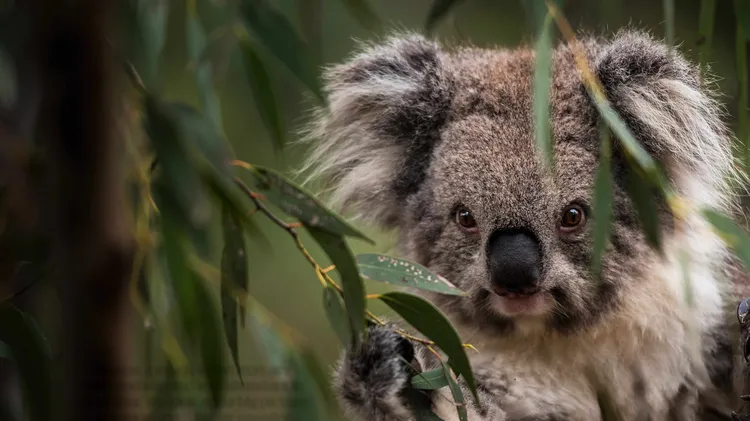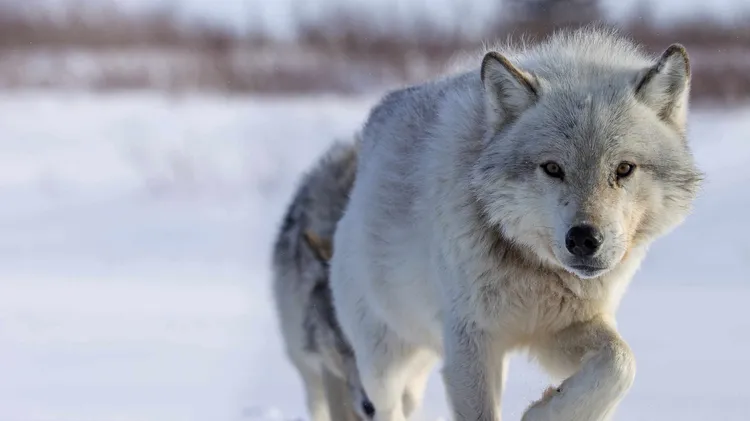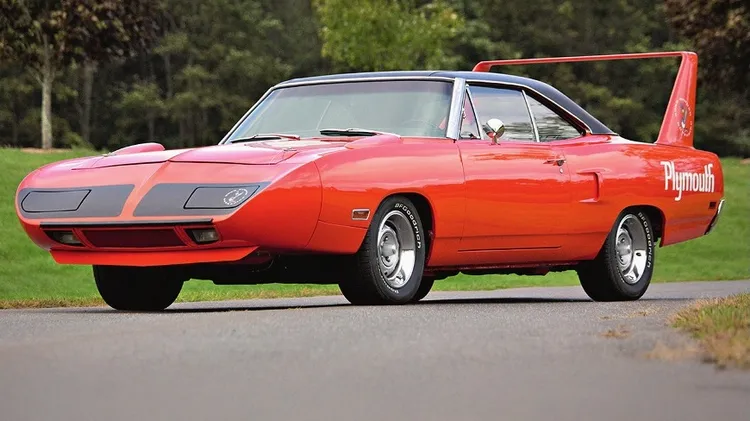The common raccoon has made itself at home in Germany, but attitudes towards these
Theoutlaws
8 min read
This article is from...
Read this article and 8000+ more magazines and newspapers on Readly






